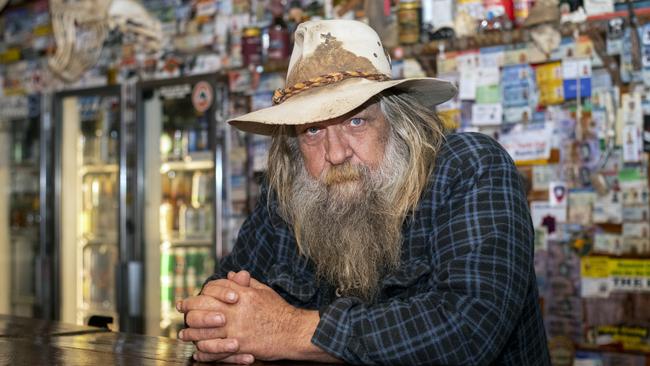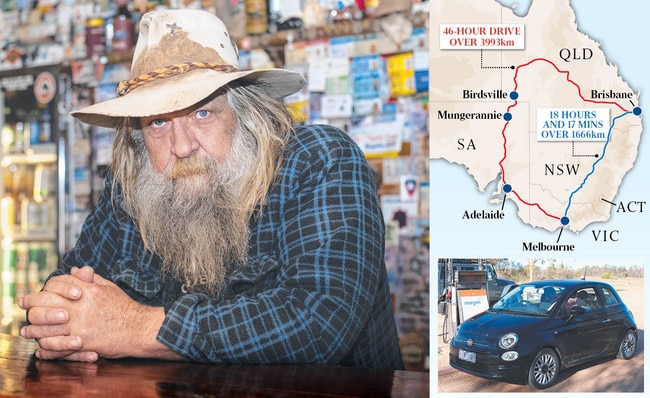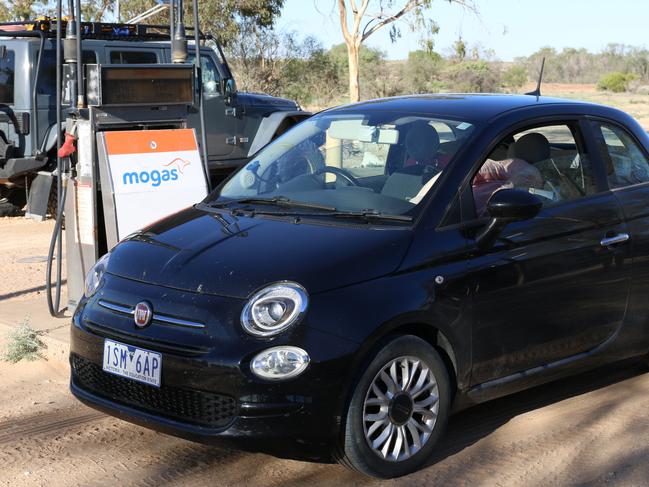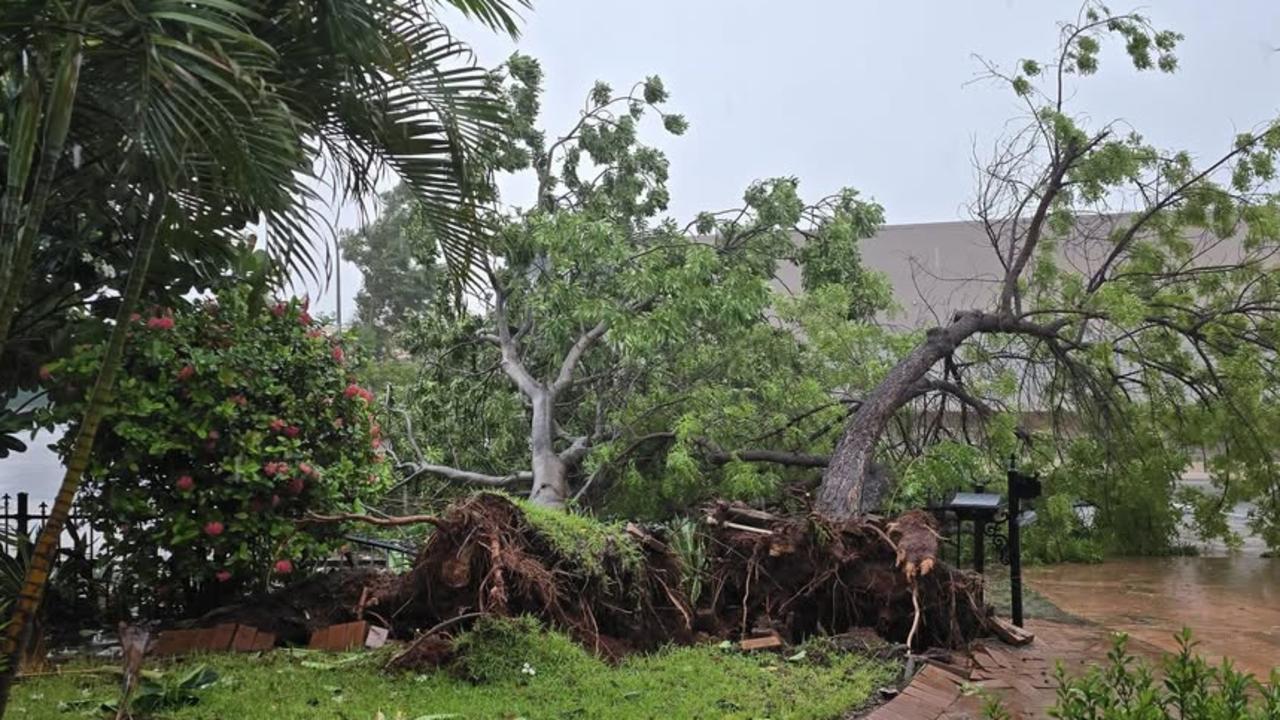Coronavirus: Desperate drivers dicing with death on Birdsville Track
Publican Phil Gregurke says unprepared Victorians attempting to drive home via the Birdsville Track are risking their lives.

Mungerannie publican Phil Gregurke says his message to Victorians attempting to take the outback route home from Queensland via the Birdsville Track is pretty simple: “All they’ve got to do is read the big bloody sign at either end of the track and do what it bloody says. It says 4WD only. Don’t come down here in a bloody 2WD.”
Mr Gregurke has owned the famous Mungerannie Hotel — which stands on the edge of the Sturt Stony, Tirari, Simpson and Strzelecki deserts, 210km north of Marree and 320km south of Birdsville on the Birdsville Track — for almost 14 years.
In summer, when the mercury can rise to more than 50C, it’s rare to have more than one or two visitors pass through in a week.

But in the past week, Mr Gregurke says he’s had an average of 10 visitors a day, most of whom have had Victorian number plates, courtesy of the Andrews government’s decision to close Victoria’s border with NSW on New Year’s Day.
“It’s not the Birdsville Track anymore — it’s become the Queensland Highway,” Mr Gregurke says.
While Victorians are able to apply for exemptions to travel through NSW from Queensland, Victoria’s Department of Health and Human Services has been processing applications so slowly — with just 579 exemptions granted from more than 4000 applications submitted as of Friday — that many have decided to take the long way home.
At almost 4000km and more than 46 hours non-stop, the arduous journey from Brisbane to Melbourne via Mungerannie is more than double that of the most direct route through NSW, which takes about 18½ hours to drive the less than 1700km on sealed highways.
It should also not be attempted without sufficient preparation and adequate supplies of food and water, given the 517km of barren, remote, unsealed road between Birdsville in Queensland and Marree in South Australia.
“We’ve seen all kinds of things the past few days,” Mr Gregurke told The Weekend Australian.
“Little tiny BMWs, Audis without spare tyres, a tiny little Fiat Bambino, and people travelling without water.
“I am actually now the owner of a 2WD Corolla. He did the tyre, had a flat battery, and got stuck here for three days.
“I took him up to his car to get some more clothes and he realised what he was going to have to drive through, so he offered me his car in exchange for a trip to Adelaide, which I did.”
Asked whether he was worried someone could die as a result of travelling unprepared through the outback, Mr Gregurke says simply: “Definitely.”

“Two days ago, I got a kid out here with a temperature gun and the ground temperature was 65C. If you’re stuck out here without water, you won’t last long.”
Birdsville’s only police constable, Stephan Pursell, shares Mr Gregurke’s safety concerns.
“There’s nothing wrong with the extra business and the guys out here have done a great job to accommodate everybody, but we really do worry that someone will die from being stranded out here and unprepared,” he said.
“Out here it can be 40 degrees one day and flash-flooding the next with people getting bogged.”
South Australian Outback Communities Authority director Mark Sutton, himself a former policeman in Leigh Creek, south of Marree, said he was afraid of a repeat of the circumstances that led to the December 1998 death of Austrian tourist Caroline Grossmueller, who the Coroner found died from heat exposure after the campervan she and her boyfriend were travelling in became bogged near Lake Eyre.
“If you’re going to travel in the outback, you need to do your due diligence. Remember, other people are going to have to come and rescue you if you don’t,” he said.



